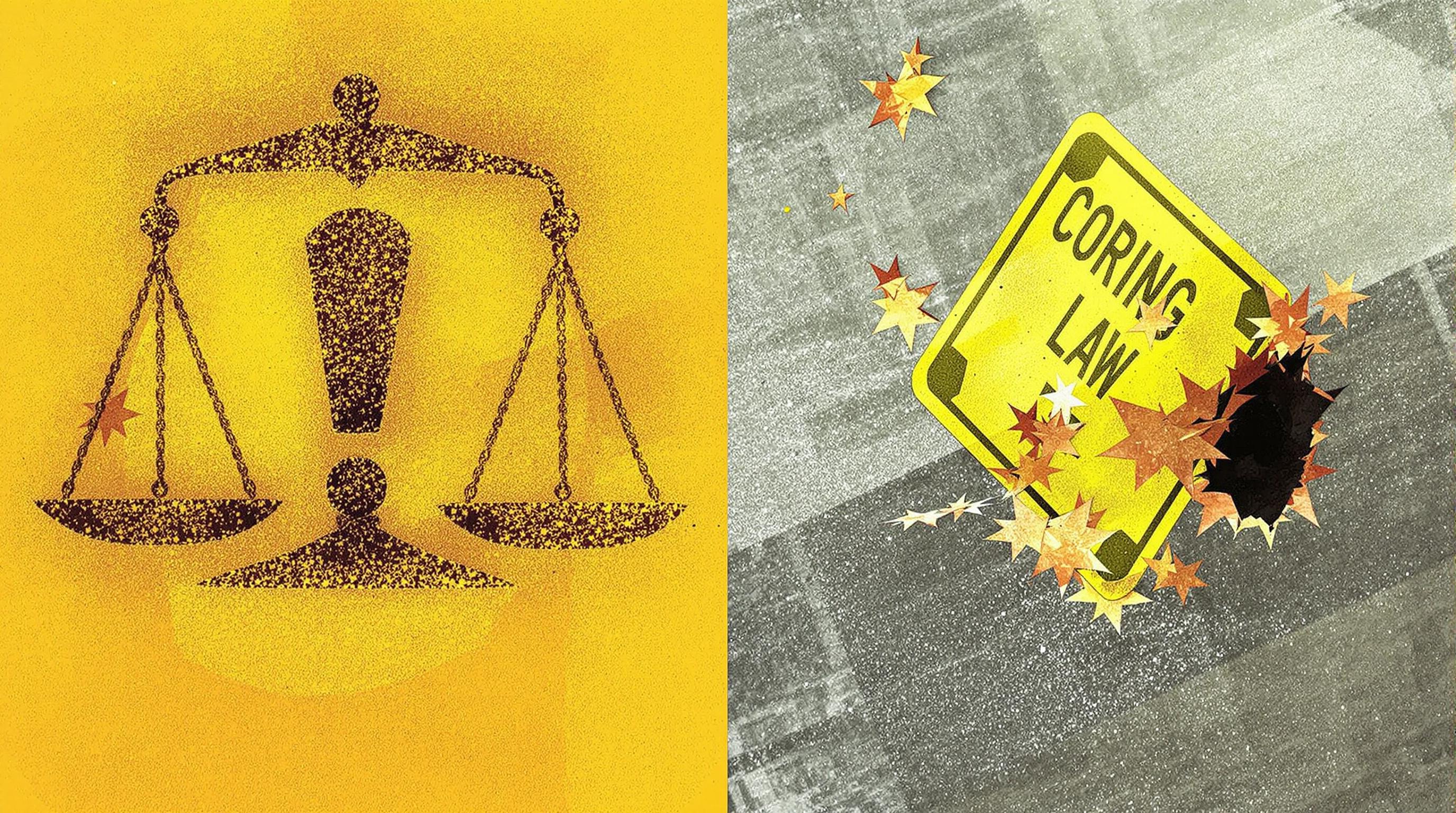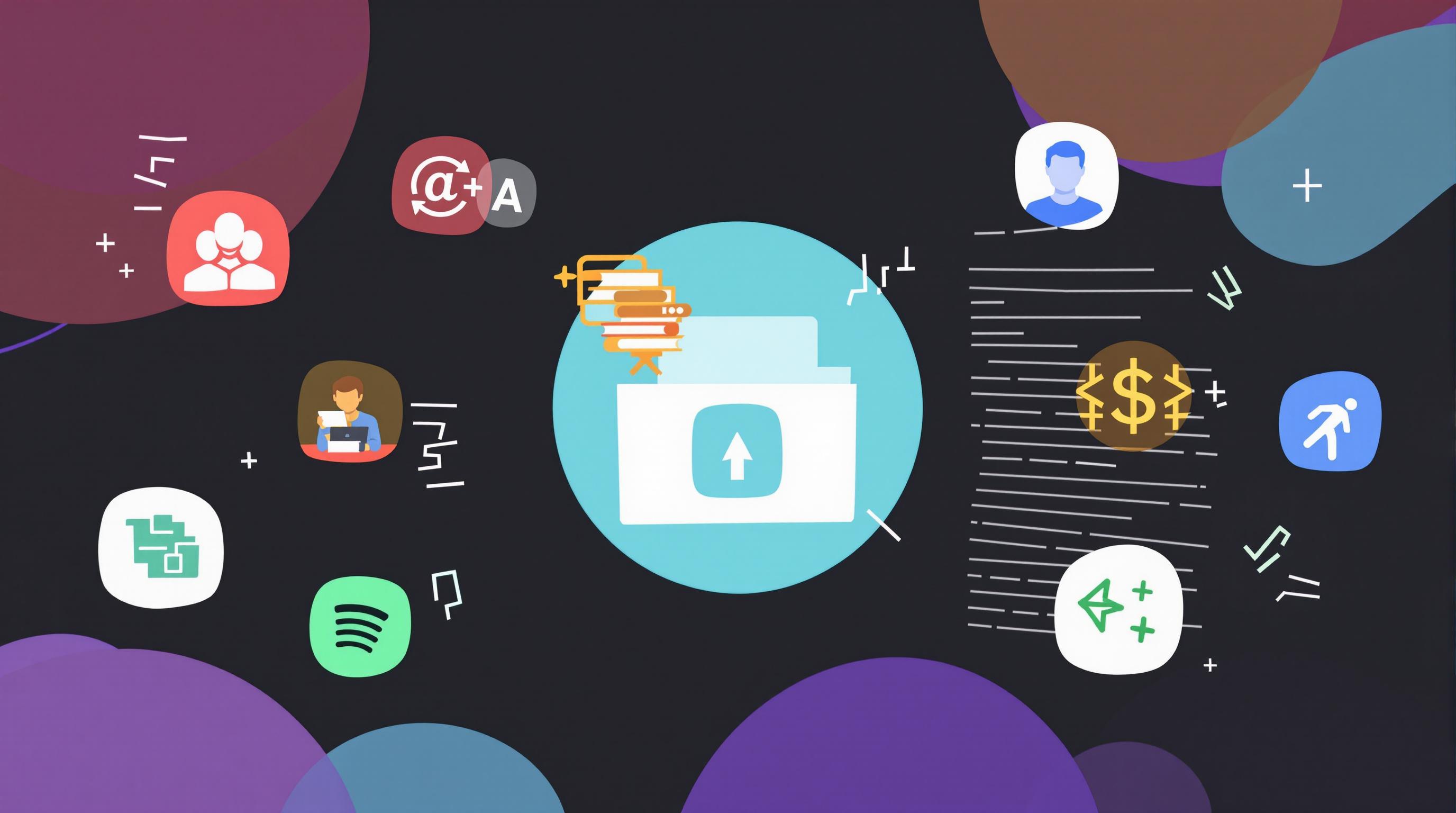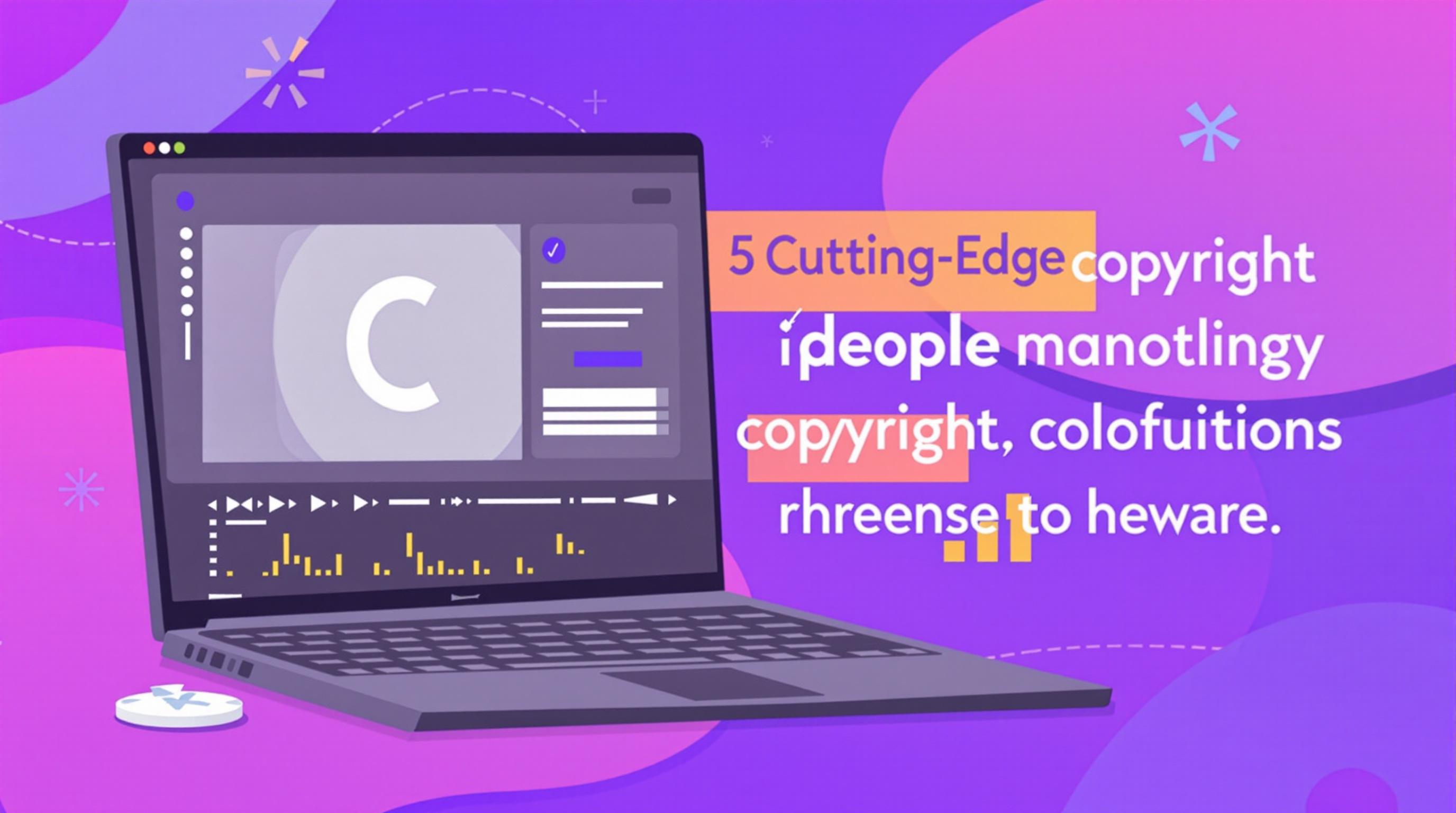Related Articles
- The Role of Cultural Norms and Social Pressure in Shaping Corporate Tax Behaviors Across Borders
- Top 6 Game-Changing HR Analytics Platforms Since 2019 Revolutionizing Employee Rights Enforcement
- The Unexpected Impact of Cultural Appropriation on Copyright Claims and Creative Ownership Debates
- Unveiling the Role of AI in Detecting Counterfeit Trademarks Before Official Approval
- The Quiet Impact of Cultural Nuances on Negotiation Dynamics in Global Business Agreements
- The Hidden Role of Psychometric Profiling in Choosing Co-Founders for Startup Success
10 Lesser-Known Legal Loopholes Every Content Creator Should Master to Maximize Copyright Protection
10 Lesser-Known Legal Loopholes Every Content Creator Should Master to Maximize Copyright Protection
10 Lesser-Known Legal Loopholes Every Content Creator Should Master to Maximize Copyright Protection
1. The “Fixation” Requirement Exception
Most creators understand that copyright protection requires their work to be fixed in a tangible medium, like a written draft or an audio recording. However, many are unaware of the nuances surrounding this fixation requirement. Certain works, such as live performances, can receive some copyright protections even if not fully fixed under very specific circumstances.
This loophole can be particularly useful for performance artists and spoken-word poets who share work live and intend to capture copyright rights without immediately recording. By subsequently fixing elements of their live performances, they secure protections retroactively.
Understanding this subtlety helps creators protect spontaneous, ephemeral works that might otherwise slip through the cracks in traditional copyright law.
2. Orphan Works Can Sometimes Be Used with Caution
Orphan works are creations whose copyright owners are unknown or cannot be located despite a diligent search. While generally risky to use, there are legal nuances which provide some leeway for content creators willing to proceed carefully.
Under U.S. law, and guidelines from groups like the U.S. Copyright Office, a good-faith, reasonable search for the owner may allow limited use of orphan works without immediate liability, especially for noncommercial or transformative purposes. Specialized licenses or agreements may help solidify this protection.
By mastering how to document these searches and use orphan works responsibly, creators can unlock more resources while mitigating infringement risks.
3. Separate Registration for Collective Works Offers Added Security
Content creators often publish compilations such as anthologies or multi-author blogs. Many don’t realize that collective works—collections of separate, individual works assembled into a collective whole—can receive a separate copyright registration from the individual components.
Registering the collective work protects the unique arrangement, selection, or editorial content even if some individual pieces are in the public domain or unregistered. This creates an additional protective layer on top of the component works.
Creators should learn how to file registrations properly to cover both the collective work as a whole and the individual contributions, maximizing legal safeguards.
4. Fair Use’s Transformative Purpose Boost
While fair use is a well-known defense, many creators underestimate how the “transformative” nature of their use can significantly influence fair use claims. Courts give more weight to uses that add new meaning, message, or purpose rather than mere duplication.
For example, a content creator remixing or commenting on original work in a distinctly creative way strengthens their fair use position. The key is to clearly demonstrate how the new work differs and adds value beyond the source material.
Mastering this subtlety enables safer use of prior art while contributing original insight, fostering innovation without infringing rights.
5. Depositary Institutions Can Help Establish Evidence
Though not a substitute for copyright registration, depositing works with recognized institutions can serve as credible evidence of creation dates and content in legal disputes. Many national libraries and archives offer such depositary services.
This alternative form of documentation is especially valuable for creators producing materials difficult to register traditionally, like ephemeral digital art or interactive media. It can bolster claims during infringement litigation by substantiating timelines.
Learning which institutions serve as legal depositaries and how to use them can add an extra safeguard to a creator’s intellectual property toolkit.
6. Moral Rights Provide Protection Beyond Copyright
In many jurisdictions, moral rights protect authors’ personal and reputational interests, such as the right to attribution and integrity of the work, separate from economic rights. The U.S. has limited moral rights, but creators working internationally benefit greatly by understanding this domain.
Moral rights prohibit unauthorized alterations or false attributions that could harm the creator’s reputation, which helps whether or not traditional copyright ownership is contested. Granting attribution or opposing derogatory edits can be a powerful, though overlooked, avenue of protection.
Content creators should familiarize themselves with moral rights laws relevant to their markets and consider asserting these protections alongside copyrights.
7. Creative Commons and Hybrid Licensing Models
Though not a loophole in the traditional sense, Creative Commons licenses allow creators to customize rights restrictions effectively. These licenses can serve as a clever legal tool to maximize control while enabling sharing and collaboration.
Understanding how to select, combine, and enforce these licenses helps content creators retain certain protections while encouraging desired uses. Hybrid models where some rights are reserved and others waived can strategically balance exposure and control.
Mastering these licensing schemes aligns legal protections with practical distribution goals, making intellectual property management more effective and nuanced.
8. Statutory Damages Can Be Heightened with Proper Registration Timing
U.S. copyright law allows creators to seek statutory damages and attorney’s fees if they register their works before infringement or within three months of publication. Many creators miss this critical timing, thus limiting potential remedies.
Proper and prompt registration acts as a legal lever, enabling more powerful recourse, which can deter infringement and speed up settlements. Creators who monitor registration deadlines maximize these leverage points.
Learning the specific timing requirements and implementing a registration workflow is essential legal strategy for any serious content creator.
9. Joint Authorship Rights Require Clear Agreements
When multiple creators collaborate, joint authorship results in equal rights to use, license, and enforce the copyright unless otherwise agreed. Without explicit contracts, this can lead to complicated disputes or unintended loss of control.
Mastering joint authorship legal principles means drafting clear agreements upfront that define ownership percentages, usage rights, revenue sharing, and disposition processes in case of conflict.
This proactive legal planning prevents costly disagreements and ensures all collaborators’ rights and intentions are respected.
10. DMCA Safe Harbor Provisions Aid Platforms Hosting User Content
Content creators who distribute work via online platforms should understand the Digital Millennium Copyright Act (DMCA) safe harbor rules. These provisions shield hosting platforms from liability if they promptly respond to infringement notices by removing content.
By mastering the DMCA process, creators can protect their work by submitting takedown notices effectively and using counter-notifications to resolve disputes. Also, awareness of platform policies under DMCA helps creators ensure their rights are enforced efficiently.
Knowledge of this legal framework empowers creators to leverage internet intermediaries as enforcement partners rather than adversaries.
Sources:
U.S. Copyright Office, Circulars and FAQs: https://www.copyright.gov
Creative Commons Licensing: https://creativecommons.org
Electronic Frontier Foundation on Fair Use: https://www.eff.org/issues/intellectual-property
Harvard Law Review, Joint Authorship Rights: https://harvardlawreview.org/




